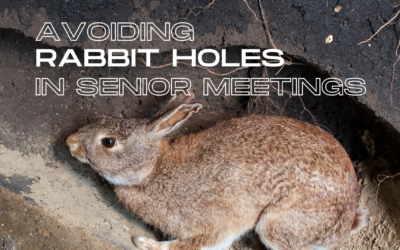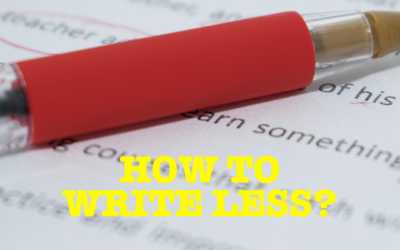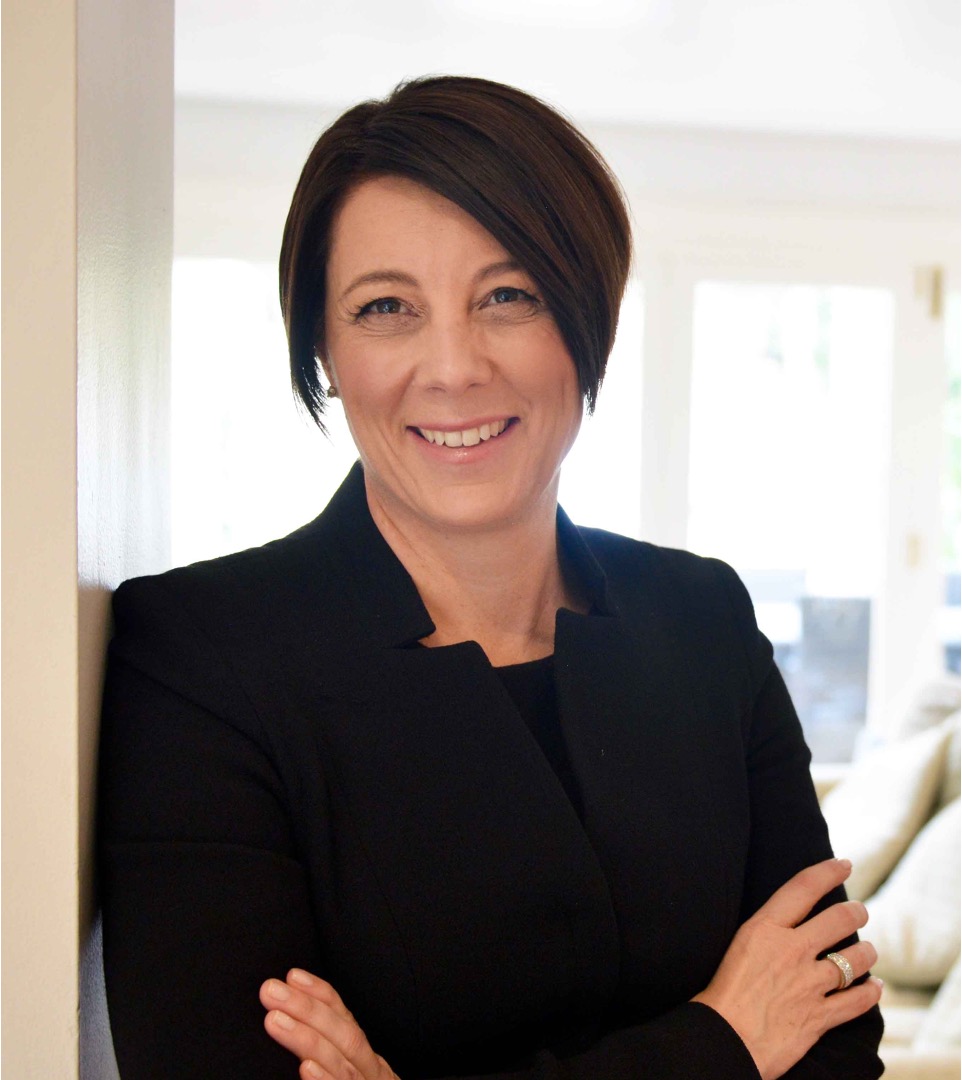
A fast hack for structuring your message
My husband and I were just talking about the new ‘synthesis' capabilities that Adobe is embedding into its software.
This led us to a debate about the extent tools like this could be useful … or perhaps even replace us?
Here's my take.
These tools will both help us and require us to lift our game so we can offer insightful points of view, particularly to senior decision makers. Here are four thoughts to help you do that.
Use tools like this to summarise – ie paraphrase – volumes of data. They can help organise the information and present it clearly, mostly by categorising the material. Be careful, of course, that the ‘machine' has enough of the right material to work with.
Understand that summary alone is not enough. Summary is helpful, but only looks backwards at what has happened already. This is necessary but not sufficient for decision making.
Learn to synthesise powerful points of view. Synthesis is where you connect dots between past experience, case studies, analogies and our own understanding of the present to create a point of view.
Leverage communication patterns. What if you could work through a decision tree to pick which pattern helped you convey your point of view best? You could take the data summary and combine it with your own insights to convey a powerful point of view with compelling clarity.
You might even get it done without multiple late nights iterating the message.
I shared how to do this at last week's MasterClass, along with my revised set of 10 patterns and my new Pattern Picking process.
The edited half-hour recording is inside my (still free) Clarity Hub, along with a fast hack for picking the right pattern for your situation.
>> Access the Clarity Hub here.
I hope that helps. More next week.
Kind regards,
Davina
RELATED POSTS




















